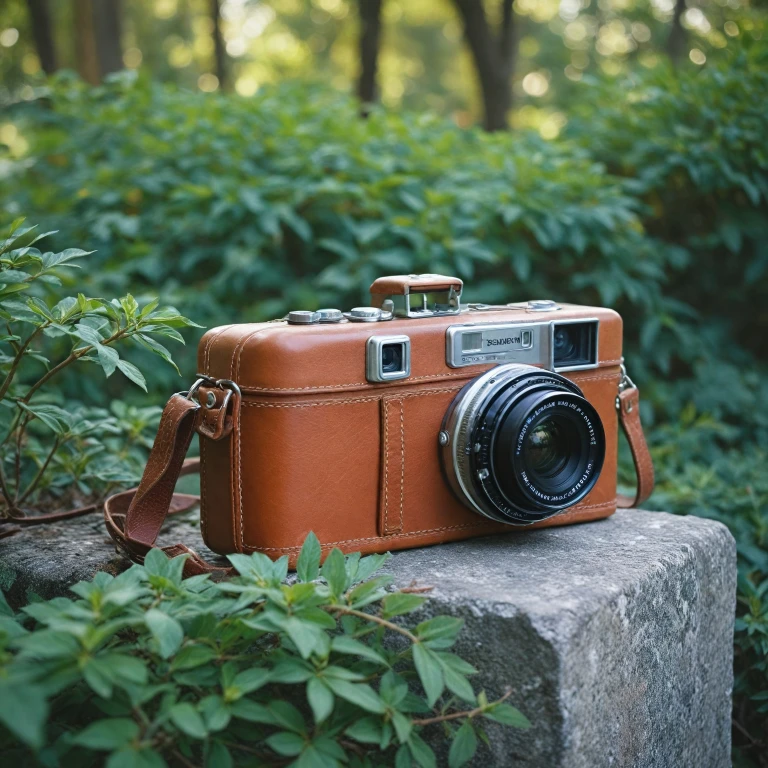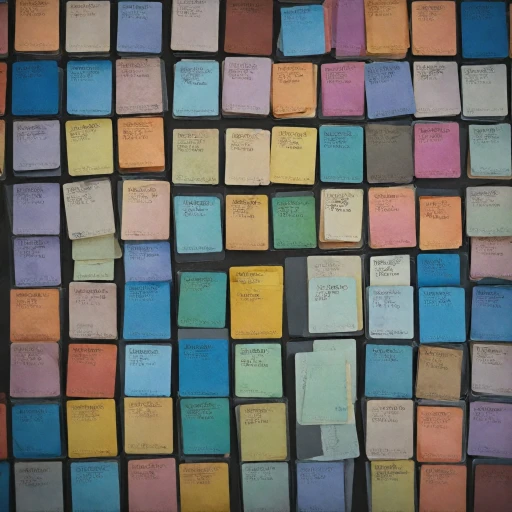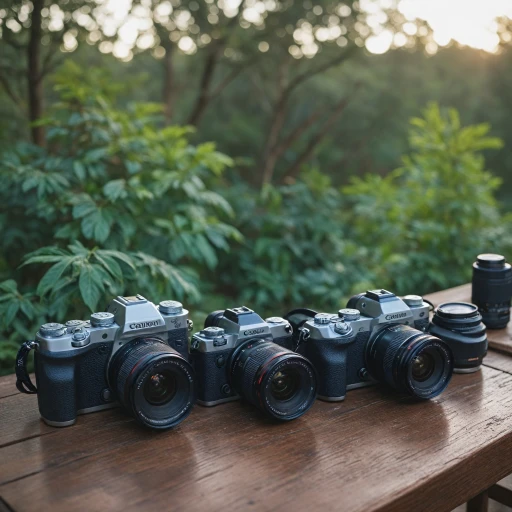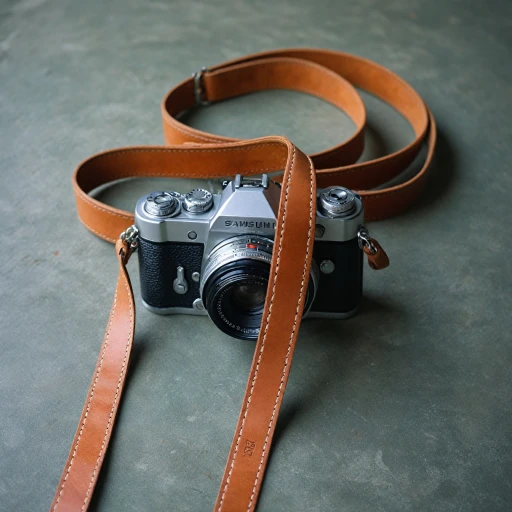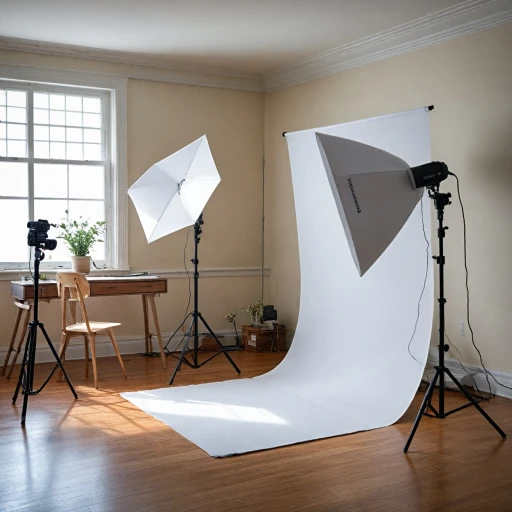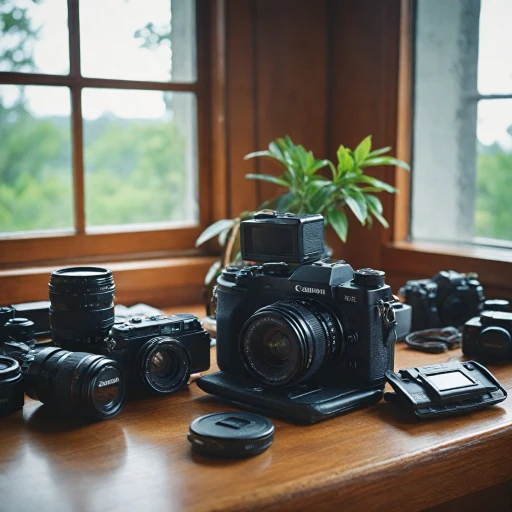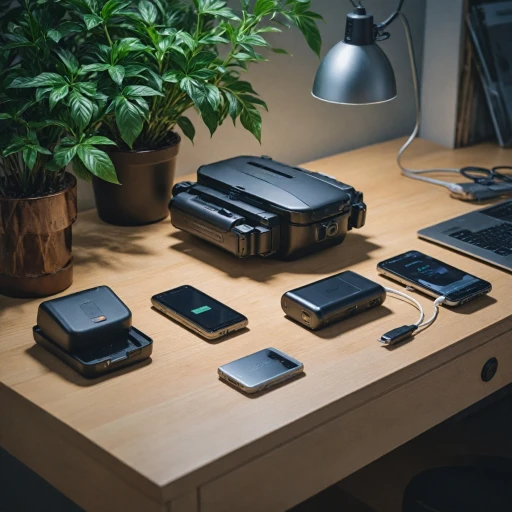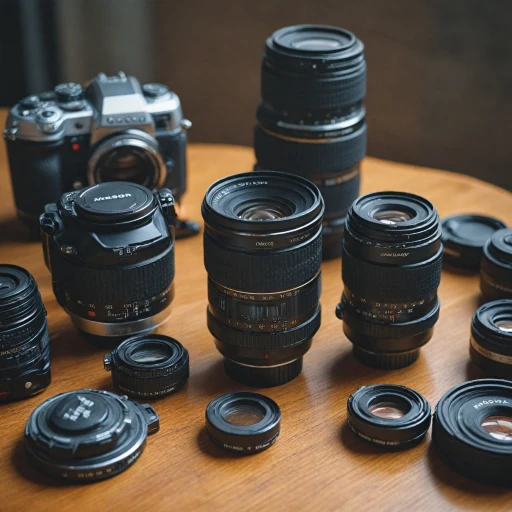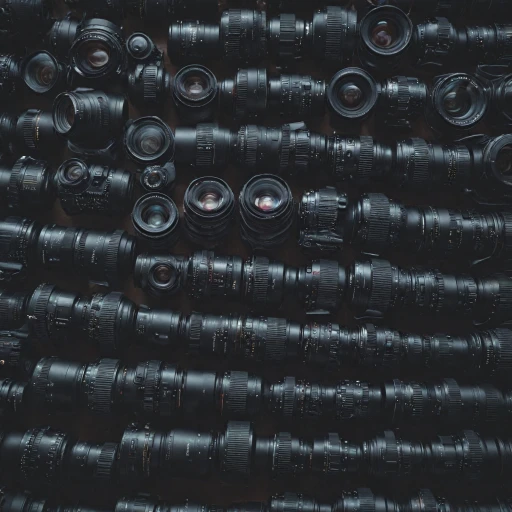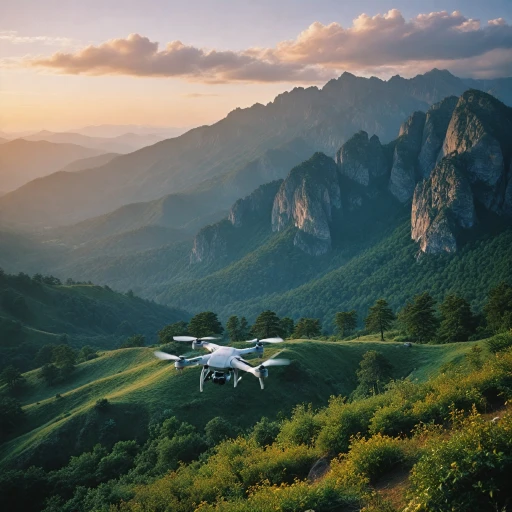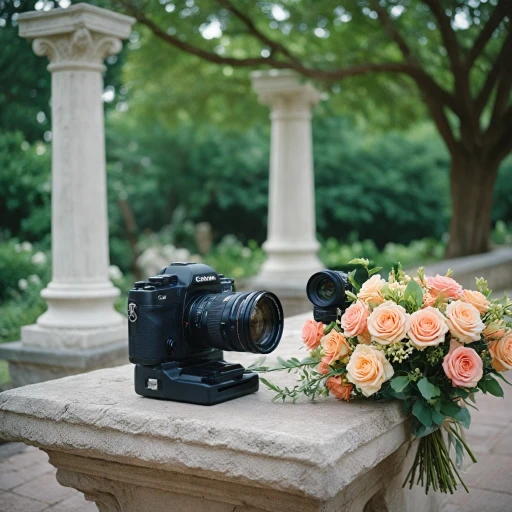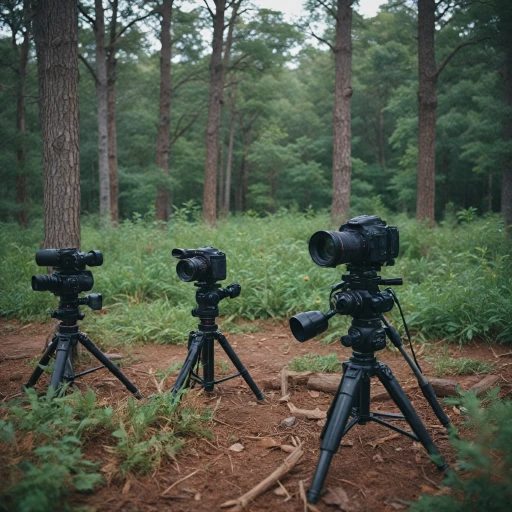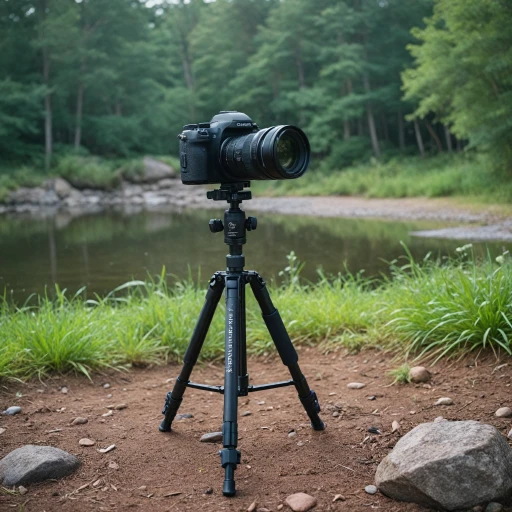
Understanding the Needs of a Film Camera
Recognizing Your Film Camera Requirements
When selecting a suitable camera bag, it's crucial to understand your film camera's specific needs. Film cameras can vary significantly in size and structure, from compact point-and-shoot models to larger, more intricate SLRs. This diversity affects the type of camera bag that will securely accommodate your equipment.
While the allure of nostalgia draws many to film photography, it also requires thoughtful consideration when it comes to supplying the right accessories. For photographers who prioritize portability, a well-structured sling bag or a small shoulder bag might be ideal. These options allow easy access while you’re on the go, making them popular among city explorers and outdoor enthusiasts.
Additionally, those who frequently travel for long weekends could benefit from a versatile camera backpack. This style provides ample space to store your camera, alongside extra lenses, film rolls, and essential items. Remember, the key is to balance size with functionality to ensure you’re prepared for various photographic scenarios without compromising on comfort.
Assessing your current film equipment is just the first step. Your choices should focus on protecting your gear while also complementing your photography style. As you delve into different camera bags, including those in classic black or genuine leather, bear in mind the balance between utility, style, and the original price versus the current price offerings in the market.
Key Features to Look for in a Camera Bag
Considerations When Selecting Features for Film Camera Bags
When searching for the ideal camera bag to accompany your film camera, understanding what key features to prioritize can significantly enhance your experience and ensure your gear remains protected. Let's delve into some fundamental aspects to keep in mind:
- Protection: A good camera bag should offer ample protection for your camera and lenses. Look for a bag that includes padded compartments or clever supply systems that provide shock absorption for your delicate equipment. Consider whether a camera backpack or camera sling style would offer the best protection based on your usage.
- Size and Accessibility: Your bag should have the right size to accommodate your camera setup yet remain easy to manage. Options such as sling bags or camera cases are great for quick access in dynamic situations, which is especially handy during a long weekend trip.
- Storage Options: A practical camera bag will feature multiple compartments of varying sizes to store additional items like rolls of film, batteries, filters, and more. Consider a bag that can easily fill its purpose with sufficient pockets or holders, ensuring your equipment is organized.
- Comfort: If you plan on wearing your bag for extended periods, shoulder and back support becomes essential. Look for shoulder strap options with padding or adjustable shoulder straps that distribute weight evenly. For those preferring ease of use, a sling or belt bag may provide the comfort needed for a point shoot lifestyle.
- Durability: Investing in a durable camera bag will ensure it withstands the test of time. Consider materials like leather or original fabric which have a reputation for longevity. Domke bags, for instance, are known for their robust build quality, making them a popular choice among seasoned photographers.
- Style and Functionality: Balancing aesthetics with practicality is crucial. Whether opting for a bag black or something more vibrant, ensure that the style does not compromise functionality. An original price bag should be stylish yet match your needs as a member of the camera community.
- Price: Finally, world-class features often come at a price. It's beneficial to evaluate the price current to ensure it aligns with your budget. Establishing a priority list can help in creating a balance between desired features and affordability.
Considering these elements while making your choice will help in preventing potential buyer’s remorse and ensure that your beloved camera and film are housed perfectly.
For further tips related to camera equipment, you might find this guide on lenses for wedding photography useful as you continue to refine your photography kit.
Material Matters: Choosing the Right Fabric
Choosing the Right Fabric for Endurance
Selecting the perfect material for your camera bag can make a significant difference in protection and longevity. For film camera enthusiasts, durability becomes a priority as you're often on the move, whether it's exploring cityscapes or venturing into the wilderness on a long weekend trip.- Leather vs. Synthetic Materials: Leather can give a classic look to your camera bag, adding style while providing sturdy protection. However, synthetic materials are usually lighter, water-resistant, and often available at a more competitive price point, making them ideal for various weather conditions.
- Weather-Resistant Options: Consider weatherproof materials if you plan on shooting outdoors frequently. Bags made of water-resistant nylon can offer protection from the elements, ensuring your film camera and accessories remain safe and dry.
- Clever Design Enhancements: Modern camera bags feature clever supply designs that often include reinforced corners and padded interiors. This thoughtful construction helps to secure your camera during transport and minimizes the risk of damage from accidental bumps.
- Comfort and Fit: The fabric should also provide comfort when carrying. A camera backpack or a sling bag with padded shoulder straps can be especially beneficial if you are carrying heavier gear, distributing weight evenly across your body.
Size and Fit: Ensuring Your Camera Fits Perfectly
Finding the Right Fit for Your Camera Bag
When it comes to selecting a camera bag for your film camera, ensuring the right fit is crucial. A well-fitting bag not only protects your valuable equipment but also allows you to carry it comfortably. Here are some factors to consider:
- Camera Size and Type: Whether you own a point shoot or a full setup with multiple lenses and accessories, your bag needs to accommodate all components effectively. Consider the dimensions and structure of your film camera, as well as any additional gear, when making your choice.
- Portability: Think about how you plan to use your camera bag. If you frequently travel or embark on long weekend shoots, a compact and lightweight option like a sling bag or a small shoulder bag might be ideal. These types of bags offer ease of movement while still providing secure storage.
- Interior Compartments: A bag that features clever supply of compartments can help in organizing your gear. Look for bags with dividers or pockets to separate your camera from other items, preventing scratches and damage.
- Adjustability: Check for adjustable shoulder straps or belts to ensure that the bag's fit is customizable to your body. This can enhance comfort, especially during long hours of wearing.
- Additional Features: Bags with a shoulder strap have become a favorite due to their convenience. However, if you require extra security for your film camera and accessories, a backpack style or a camera case might be more suitable. Likewise, some enthusiasts prefer a bag black or leather finish for a more classic, traditional look.
Choosing the right size and fit for your camera bag is an investment in preserving your equipment at the current price, whether it’s the original price or the price current. By considering these aspects, you can find a camera bag that is not only stylish but also highly functional.
Style and Functionality: Balancing Aesthetics and Practicality
Visual Appeal Meets Practical Functionality
When choosing a camera bag for your film equipment, finding the right balance between style and practicality is essential. While aesthetics shouldn’t be your top priority, the look of your bag is still something to consider. You may want your camera case to be black for a classic, versatile appearance that matches most outfits and settings. Camera sling bags or Domke-style options are popular for their sleek design and functional pockets. For those days when you're taking longer trips or aim to shoot extensively, a camera backpack might be more appropriate, offering the space and durability needed. These often include clever storage solutions, such as small compartments and expandable sections to fill as needed with accessories like additional lenses or a belt bag for easy access items. Additionally, clever supply options include bags with removable inserts or customizable divisions, ensuring you can adjust them to fit your current camera setup while ensuring everything remains secure. Look for bags that strike a cohesive balance between an aesthetic that resonates with you and the functional needs of your film camera equipment. Ultimately, whether you prefer a shoulder bag with a sturdy shoulder strap or a convenient sling bag for a point and shoot camera, functionality should seamlessly marry style, providing both practical use and a personal touch.Budget Considerations: Finding Quality Within Your Price Range
Finding the Right Balance Between Cost and Quality
When it comes to selecting a camera bag for your film camera, budget considerations play a crucial role. It's essential to find a balance between cost and quality, ensuring that you don't compromise on the protection and functionality your camera needs. Here are some tips to help you make an informed decision:
- Assess Your Needs: Before diving into the purchase, evaluate what features are most important to you. Do you need a camera backpack for long weekends, or is a small shoulder bag more suitable for everyday use?
- Material and Durability: As discussed earlier, the material of the bag can significantly impact its price. While leather bags may come with a higher price tag, they offer durability and a classic look. On the other hand, a bag black made from synthetic materials might be more affordable and still provide adequate protection.
- Consider the Brand: Brands like Domke are known for their quality and reliability, but they may also be priced higher. Weigh the benefits of investing in a reputable brand against your budget constraints.
- Look for Sales and Discounts: Keep an eye on the current price trends and look for sales or discounts. Sometimes, the original price of a high-quality bag might drop during promotions, allowing you to get a great deal.
- Prioritize Essential Features: Focus on essential features like a sturdy shoulder strap or a sling bag design that suits your carrying style. A camera sling or belt bag might offer the convenience you need without breaking the bank.
Ultimately, the goal is to find a camera case that fits your film camera perfectly, offers the protection you need, and aligns with your budget. By considering these factors, you can make a smart investment in a camera bag that will serve you well for years to come.
